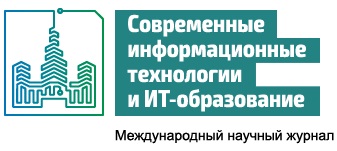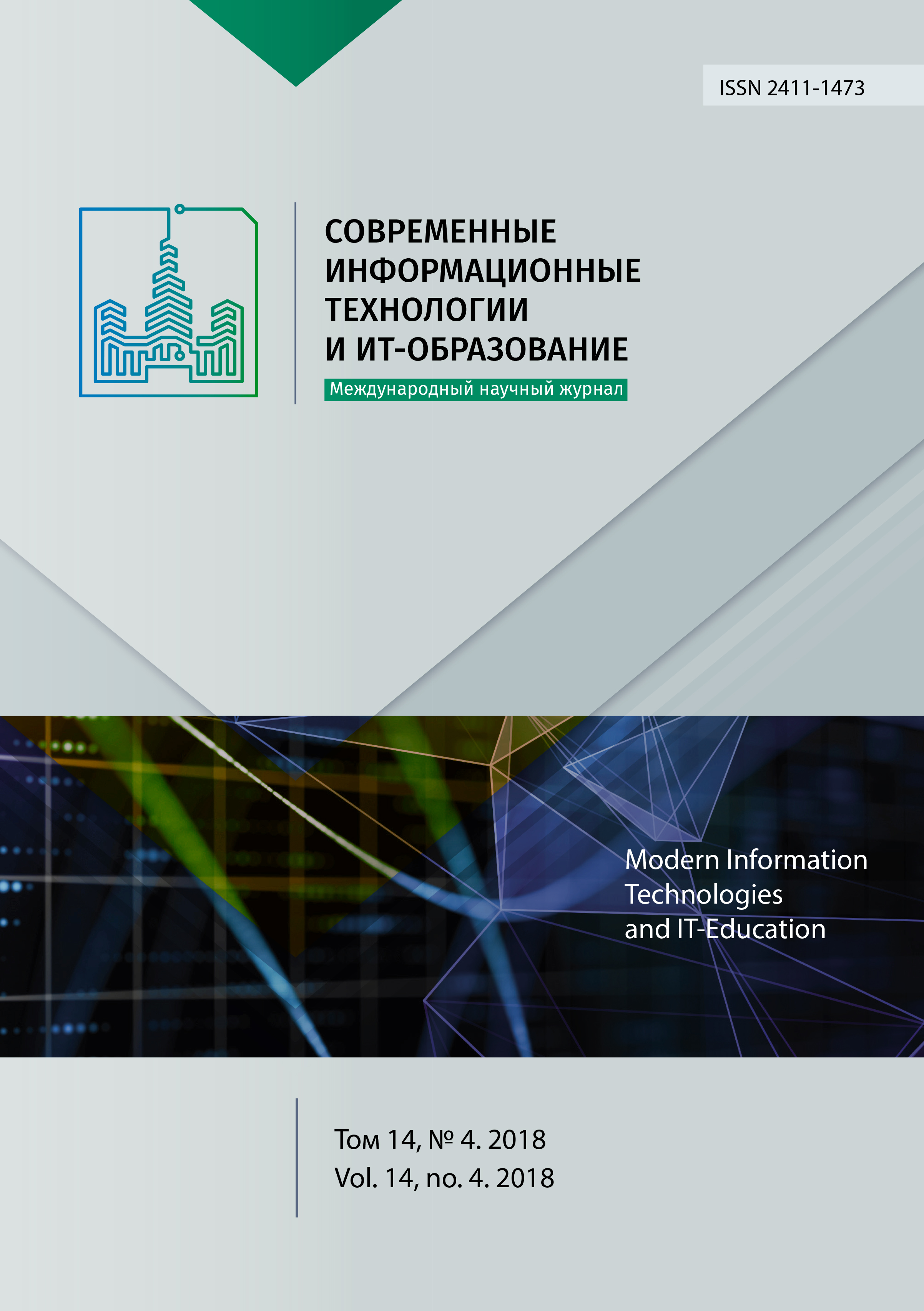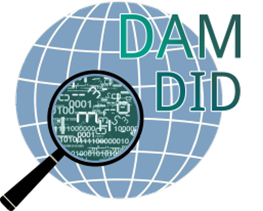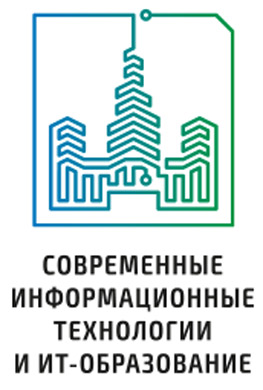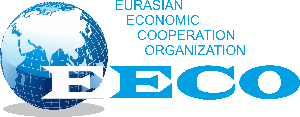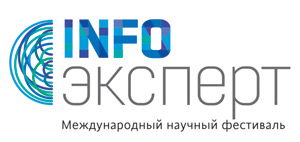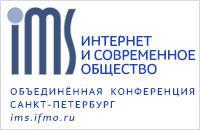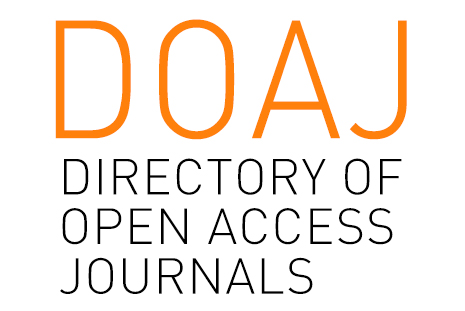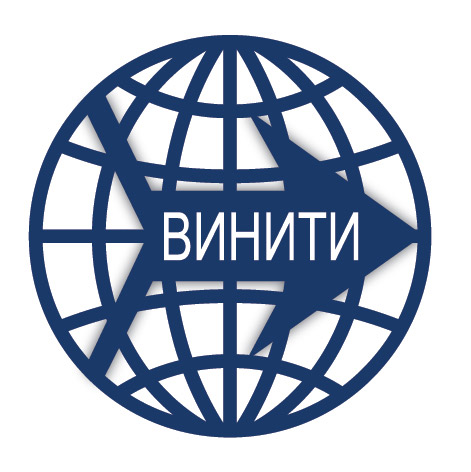О ПЕРСОНИФИКАЦИИ ОБУЧЕНИЯ ШКОЛЬНИКОВ ПРОГРАММИРОВАНИЮ
Аннотация
Информационное образование личности является одним из самых мобильных видов образования, зависящим от господствующей парадигмы развития общества, степени развитости и перспектив дальнейшего развития экономики, используемых информационных и телекоммуникационных технологий и систем.На сегодняшний день для повышения его качества и приведения в соответствие с вызовами времени требуется решение следующей задачи.
Тренды становления цифровой экономики, прогнозируемые профессии будущего показывают возрастание роли и расширение границ применения программирования. Со стороны обучающихся и их родителей также наблюдается устойчивый спрос на обучение программированию, причем целевые установки, запрашиваемые языки программирования существенно отличаются. Уровень и темп их освоения школьники соотносят со своими приоритетами и личностными ресурсами. Вместе с тем существующие учебники, программы и методики преподавания предмета «Информатика» и, в частности, программирования остались прежними, не учитывающими запросы обучающихся и потребности цифровой экономики.
В сложившейся ситуации обучение программированию должно быть совместной деятельностью учителя и учащихся, предполагающей не только формирование субъективного опыта каждого обучающегося, но и их интеллектуально-нравственное развитие, формирование креативных и рефлексивных качеств обучающихся. Обучение программированию должно базироваться на стремлении учащихся к самоактуализации и саморазвитию.
В данной статье для решения обозначенной проблемы предлагается методика персонифицированного обучения школьников программированию, которая разработана на комплексном использовании субъектно-деятельностного и ресурсного подходов в сочетании с сущностными характеристиками персонифицированного обучения.
Программа персонифицированного обучения школьников программированию является рамочной и основывается на интеграции предмета «Информатика» и элективных курсов по программированию, а также классно-урочной и внеурочной работы. Разработанная методика апробирована в лицее № 8 г. Оренбурга.
Литература
[2] Luksha P., Luksha K., Peskov D., Korichin D. Atlas of new professions prosperity. First edition. Moscow: Skolkovo, 2014. 164 p. Available at: http://www.skolkovo.ru/public/media/documents/research/sedec/SKOLKOVO_SEDeC_Atlas.pdf (accessed 12.08.2018). (In Russian)
[3] Sukhomlin V.A. Opened the IT-education system as a tool for shaping a person’s digital skills. Strategic priorities. 2017; 1(11):70-81. Available at: https://elibrary.ru/item.asp?id=29432623 (accessed 12.08.2018). (In Russian)
[4] Kupriyanovsky V.P., Sukhomlin V.A., Dobrynin A.P. et al. Skills in digital economy and education system calls. International Journal of Open Information Technologies. 2017; 5(1):19-25. Available at: https://elibrary.ru/item.asp?id=27952366 (accessed 12.08.2018). (In Russian)
[5] Sukhomlin V.A., Zubareva E.V., Yakushin A.V. Methodological aspects of the digital concepts concept. Modern Information Technologies and IT-education. 2017; 13(2):146-152. (In Russian) DOI: 10.25559/SITITO.2017.2.253
[6] Professional Standard «Consultant in the development of digital competences of the population (digital curator)». October 31, 2018 № 682n. Available at: http://fgosvo.ru/uploadfiles/profstandart/06.044.pdf (accessed 12.11.2018). (In Russian)
[7] Bespalko V.P. The personified education. Pedagogika. 1998; 2:12-17. (In Russian)
[8] Personification of higher professional and pedagogical education: on the way to self-managed learning. B.M. Esaulova (Ed.). SPb.: SPGUTD, 2010. 159 p. Available at: https://elibrary.ru/item.asp?id=20113627 (accessed 12.11.2018). (In Russian)
[9] Karakozov S.D., Zhdanov S.A., Drizhanova O.V. The realization of a personified approach in the case of distance learning programming. Traditions and innovations in the educational space of Russia, Khanty-Mansiysk Autonomous Okrug. M.V. Hujina (Ed.). Nizhnevartovsk: Publishing house University of Nizhnevartovsk, 2015, pp. 45-48. Available at: https://elibrary.ru/item.asp?id=23999955 (accessed 12.11.2018). (In Russian)
[10] Kotova S.A. Education personification: designing a schoolchild’s individual educational route. The Scientific Opinion. 2015; 10-2:174-177. Available at: https://elibrary.ru/item.asp?id=25064284 (accessed 12.11.2018). (In Russian)
[11] Kazakov I.S. Designing of the Personified Model of Training in a Higher School. Yaroslavl pedagogical bulletin. 2011; 2(3):128-133. Available at: https://elibrary.ru/item.asp?id=18225805 (accessed 12.11.2018). (In Russian)
[12] Minina I.V., Petukhova T.P. Theoretical foundations of formation of information education of a senior pupil. Innovative technologies in education: theory and practice. Krasnoyarsk: Scientific and Innovation Center, 2011, Chapter 7, pp. 145-176.
[13] Petukhova T.P., Minina I.V. University computer school as means of formation of bases of information education. International Journal of Open Information Technologies. 2017; 5(6):109-116. Available at: https://elibrary.ru/item.asp?id=29366959 (accessed 12.11.2018). (In Russian)
[14] Minina I.V., Petukhova T.P. Use of cloud services as a means of formation of informational education of a senior pupil. Modern Information Technologies and IT-education. 2015; 11(1):291-295. Available at: https://elibrary.ru/item.asp?id=25024596 (accessed 12.11.2018). (In Russian)
[15] Petukhova T.P. System of interaction between university and schools. Vysshee Obrazovanie v Rossii = Higher Education in Russia. 2010; 7:113-121. Available at: https://elibrary.ru/item.asp?id=15179389 (accessed 12.11.2018). (In Russian)

Это произведение доступно по лицензии Creative Commons «Attribution» («Атрибуция») 4.0 Всемирная.
Редакционная политика журнала основывается на традиционных этических принципах российской научной периодики и строится с учетом этических норм работы редакторов и издателей, закрепленных в Кодексе поведения и руководящих принципах наилучшей практики для редактора журнала (Code of Conduct and Best Practice Guidelines for Journal Editors) и Кодексе поведения для издателя журнала (Code of Conduct for Journal Publishers), разработанных Комитетом по публикационной этике - Committee on Publication Ethics (COPE). В процессе издательской деятельности редколлегия журнала руководствуется международными правилами охраны авторского права, нормами действующего законодательства РФ, международными издательскими стандартами и обязательной ссылке на первоисточник.
Журнал позволяет авторам сохранять авторское право без ограничений. Журнал позволяет авторам сохранить права на публикацию без ограничений.
Издательская политика в области авторского права и архивирования определяются «зеленым цветом» в базе данных SHERPA/RoMEO.
Все статьи распространяются на условиях лицензии Creative Commons «Attribution» («Атрибуция») 4.0 Всемирная, которая позволяет другим использовать, распространять, дополнять эту работу с обязательной ссылкой на оригинальную работу и публикацию в этом журналe.
